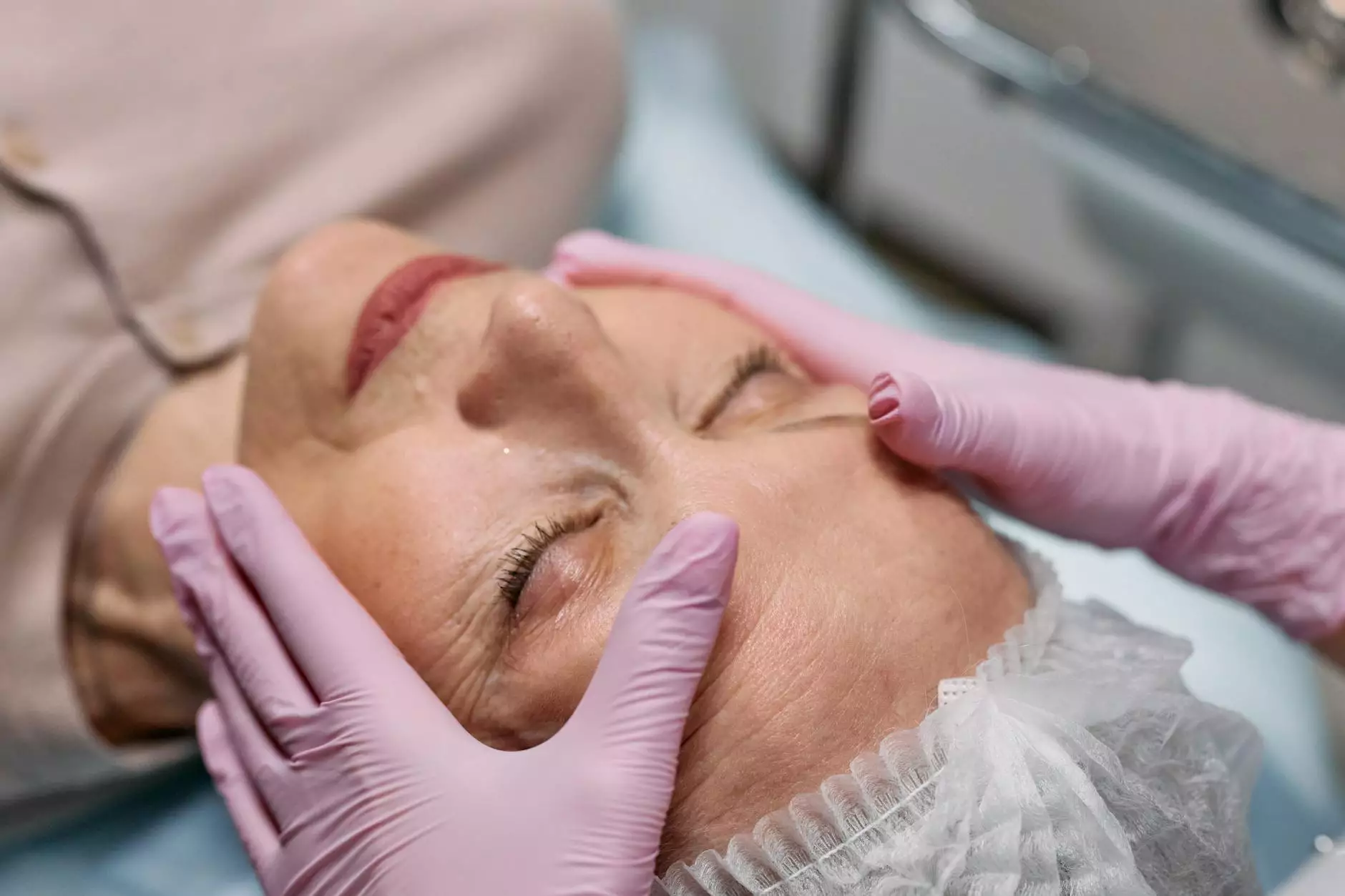What is an Oophorectomy Procedure?

An oophorectomy is a surgical procedure that involves the removal of one or both ovaries, which are essential components of the female reproductive system. This procedure may be conducted for various medical reasons, primarily relating to health conditions affecting the ovaries. Understanding the implications of an oophorectomy is important for women facing this decision. In this comprehensive guide, we will delve into the intricacies of an oophorectomy, including its types, indications, risks, and recovery, ensuring that you are well-informed about this significant procedure.
Why Oophorectomy is Performed
There are several reasons why a doctor might recommend an oophorectomy. Some of the common indications include:
- Ovarian Tumors: The presence of benign or malignant tumors on the ovaries is a primary reason for performing this surgery.
- Endometriosis: In some cases of endometriosis, where endometrial tissue grows outside the uterus, oophorectomy can alleviate symptoms.
- Ovarian Cysts: Large or persistent ovarian cysts may warrant their removal to prevent complications.
- Genetic Predisposition: Women with a family history of breast or ovarian cancer may choose oophorectomy as a preventive measure.
- Pelvic Inflammatory Disease (PID): Chronic inflammation of the pelvic organs due to infection can lead to the need for this procedure.
Types of Oophorectomy Procedures
There are two main types of oophorectomy procedures:
1. Unilateral Oophorectomy
A unilateral oophorectomy involves the removal of one ovary. This procedure is often employed when only one ovary is affected by a condition that requires surgical intervention. The other ovary remains intact, allowing for continued hormonal function and fertility potential.
2. Bilateral Oophorectomy
A bilateral oophorectomy, on the other hand, entails the removal of both ovaries. This procedure is commonly performed in cases of ovarian cancer, severe endometriosis, or when there is a high genetic risk of ovarian cancer. It leads to immediate menopause if the patient is premenopausal, as the primary source of estrogen is removed.
The Oophorectomy Procedure: What to Expect
Understanding the oophorectomy procedure can help alleviate fears and anxieties associated with surgery.
Preoperative Preparations
Before undergoing an oophorectomy, the following preparations should be made:
- Medical Evaluation: A thorough examination, including imaging tests like ultrasound or CT scans, is crucial for pre-surgical planning.
- Discuss Medications: Inform your doctor about any medications, including herbal supplements, that you are currently taking.
- Understand Anesthesia: A discussion about the type of anesthesia (general or local) to be used during the surgery will also occur.
The Surgery Itself
The actual surgical procedure typically takes about 1 to 2 hours and can be performed using either an open surgical technique or minimally invasive laparoscopic surgery.
- Open Surgery: A larger incision is made in the abdomen to remove the ovary or ovaries.
- Laparoscopic Surgery: Small incisions are made, and a camera is inserted to guide the removal of the ovaries. This method generally allows for quicker recovery and less postoperative pain.
Postoperative Care and Recovery
Recovery from an oophorectomy varies depending on the type of surgery performed:
1. Recovery After Unilateral Oophorectomy
Patients typically experience a shorter recovery time. Most women can return to normal activities within a week or two, depending on their individual health status.
2. Recovery After Bilateral Oophorectomy
Due to the sudden change in hormone levels, recovery might take longer, and patients may experience symptoms related to menopause, such as:
- Hot flashes
- Night sweats
- Mood changes
- Vaginal dryness
Hormone replacement therapy (HRT) may be recommended to manage these symptoms.
Risks and Complications
As with any surgical procedure, an oophorectomy carries certain risks and potential complications. Some of the risks include:
- Infection: As with any surgery, there’s a risk of infection at the incision site.
- Bleeding: Excessive bleeding may occur, requiring additional treatment.
- Adhesions: Internal scar tissue can develop post-surgery, leading to complications in the future.
- Hormonal Changes: Removal of the ovaries results in immediate hormonal changes, which can impact various bodily functions.
- Impact on Fertility: Women contemplating pregnancy should understand the loss of ovarian function may result in infertility, particularly after a bilateral oophorectomy.
Potential Benefits of Oophorectomy
While an oophorectomy can seem daunting, there are several benefits:
- Removal of Disease: It can eliminate existing diseases such as cancer or severe endometriosis.
- Prevention: It lowers the risk of developing ovarian cancer, especially in women with genetic predispositions.
- Pain Relief: It can significantly reduce chronic pelvic pain associated with certain conditions.
Emotional and Psychological Impact
Aside from the physical implications, undergoing an oophorectomy can also have psychological effects. Women may experience a range of emotions, from relief to grief regarding the loss of ovarian function and its implications for fertility. Counseling or support groups may be beneficial for women navigating these changes.
Conclusion
In conclusion, the oophorectomy procedure is a significant surgical intervention that can have profound effects on a woman's health and lifestyle. Whether performed unilaterally or bilaterally, understanding what is involved in the procedure, including the reasons for it and potential outcomes, is crucial for anyone facing this decision. It’s essential to have open discussions with healthcare providers to weigh the benefits against the risks and make informed choices tailored to individual health needs.
If you would like to learn more about oophorectomy or explore options tailored to your personal health concerns, do not hesitate to reach out to a qualified healthcare professional or visit drseckin.com for more information.
what is a oophorectomy procedure








